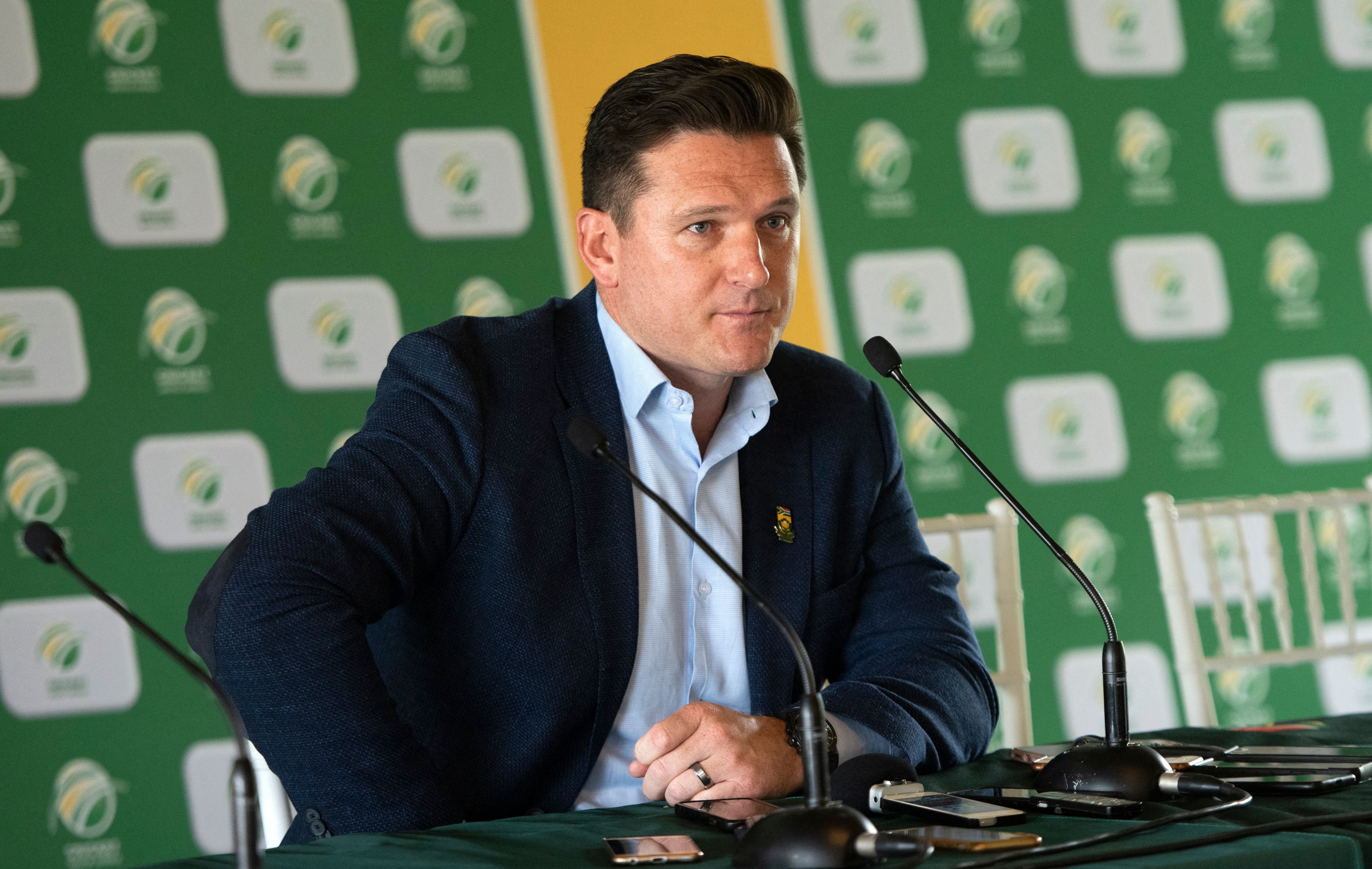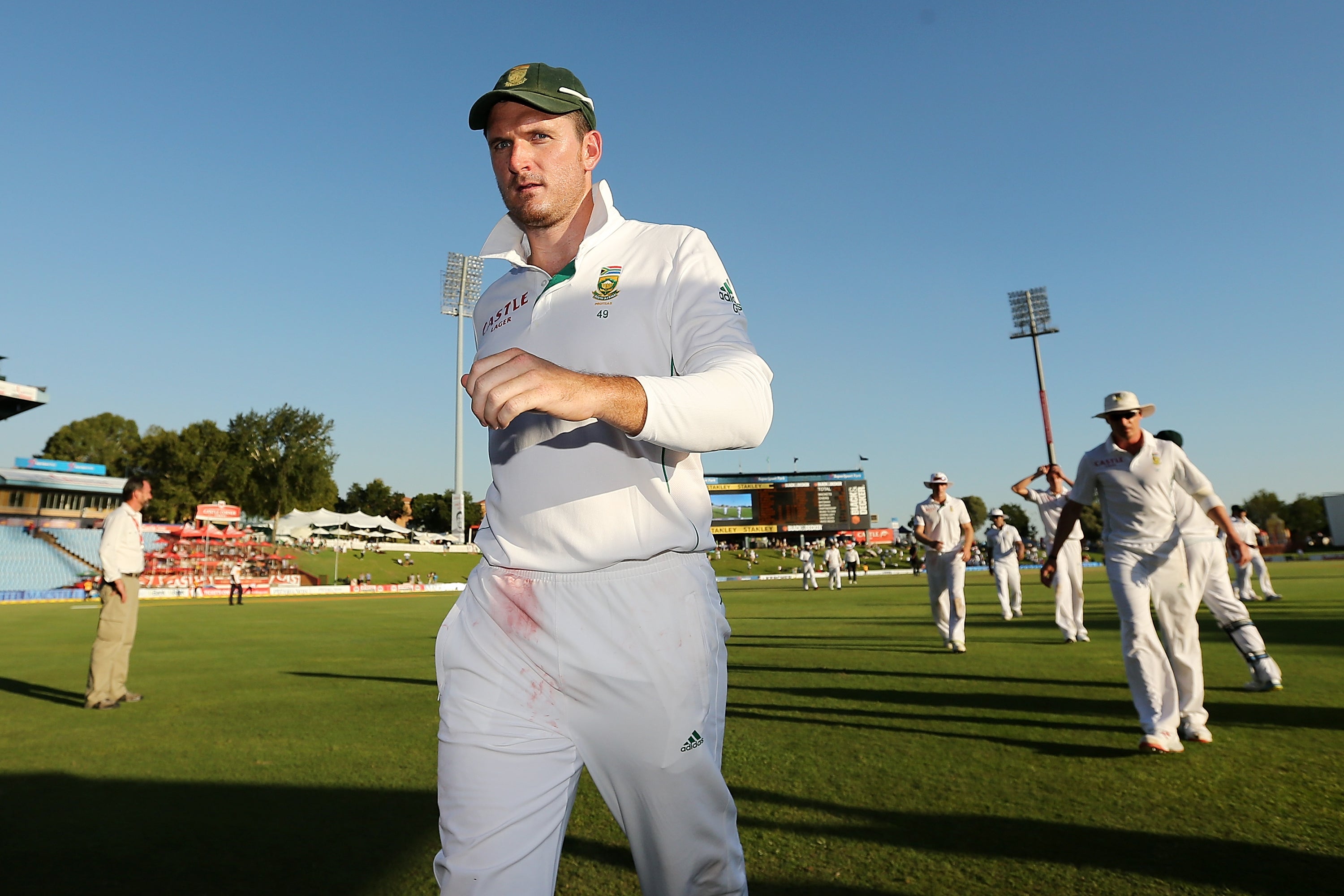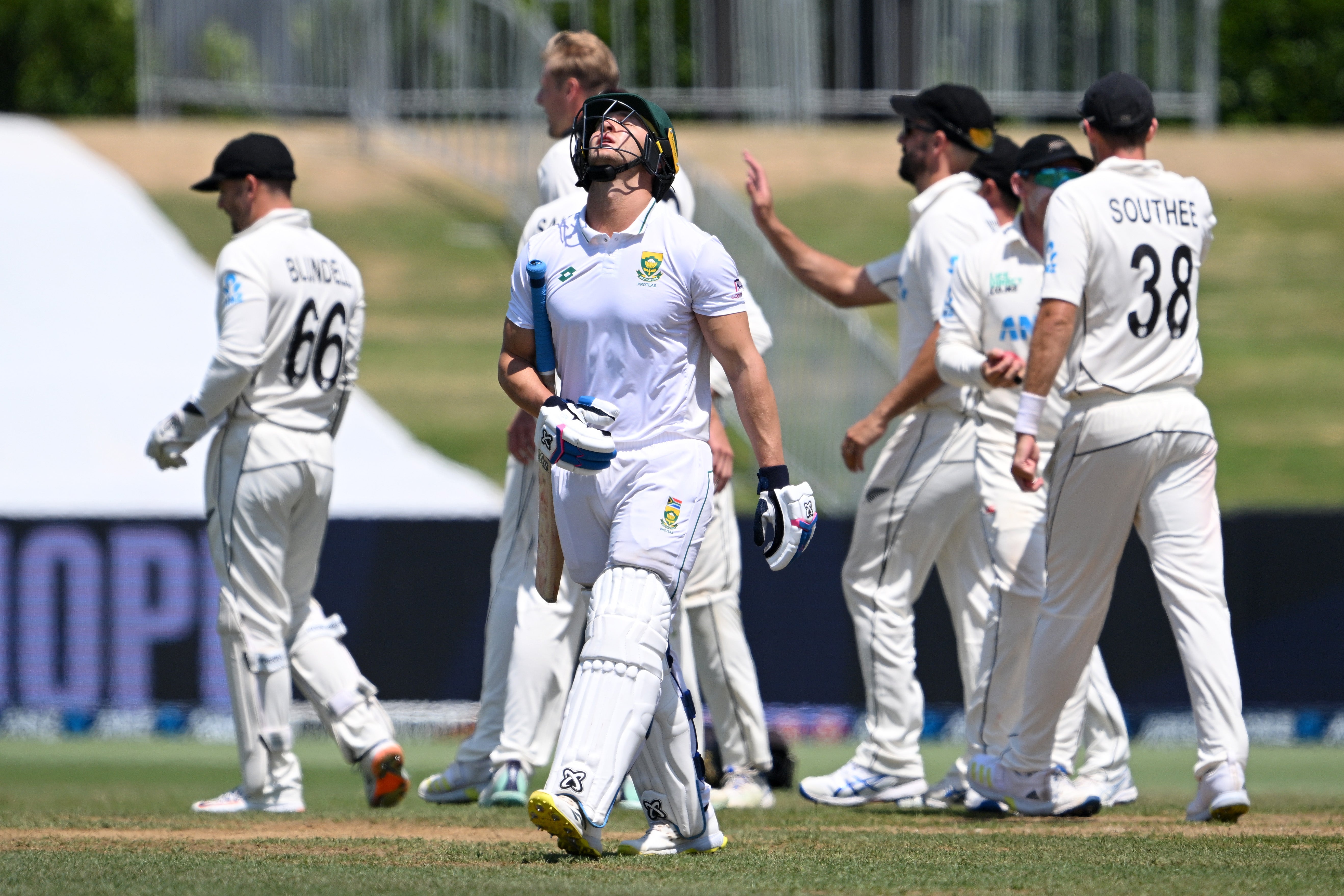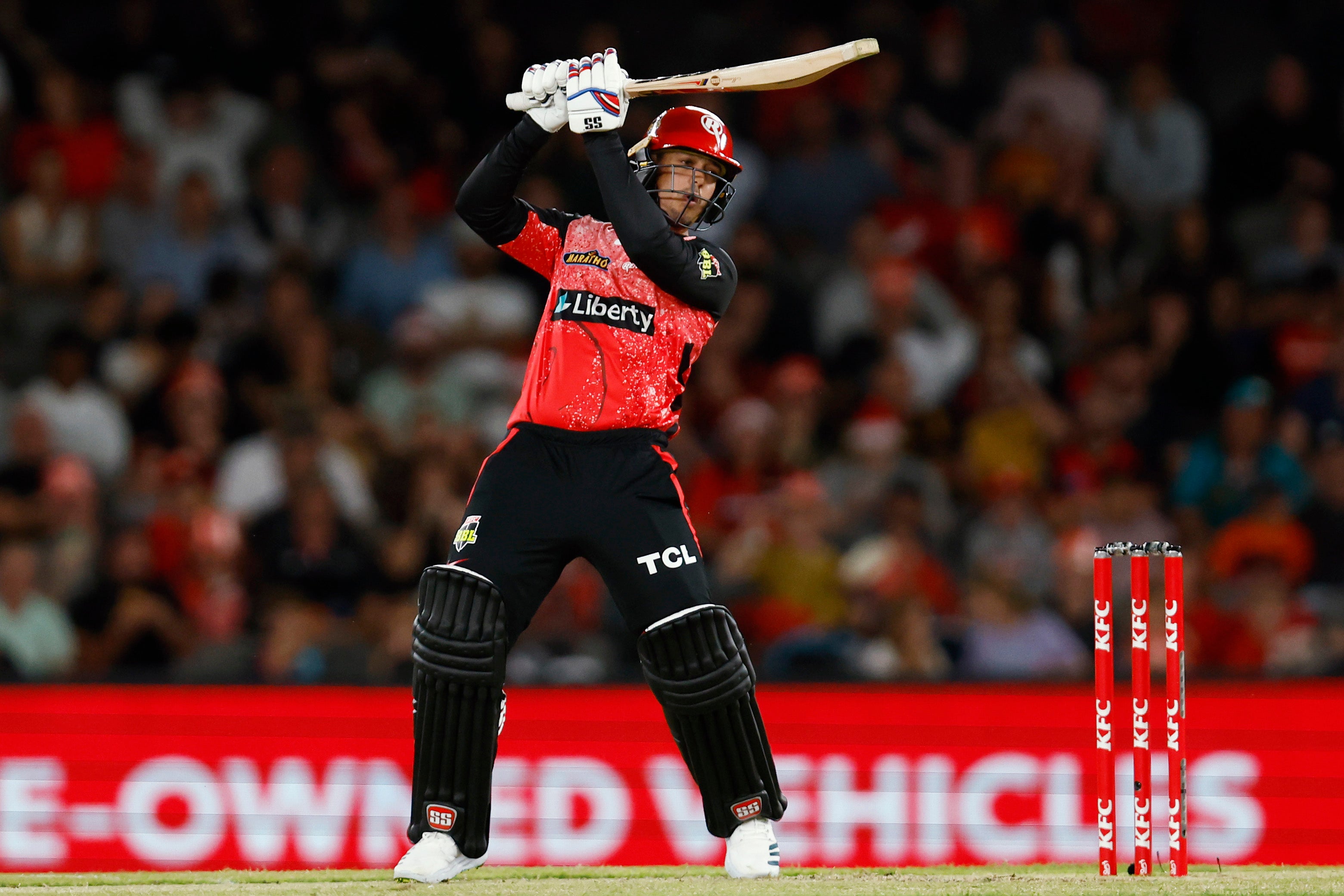Graeme Smith has a plan – but is it too late to save South African cricket?
Graeme Smith tells Richard Edwards how Test cricket and Twenty20 franchises can work in harmony and provide much-needed ‘exposure’ to bridge the gap between domestic and international cricket – but can the Proteas and other Test nations thrive when talent is funneled towards the shorter form of the game?


When Graeme Smith made his Test debut back in 2002, the cricket world was a very different place. Now, as one of the most respected figures in the global game prepares for the finale of the SA20 tournament - South Africa’s franchise cricket league and response to the IPL, Big Bash or the Hundred. The former South African captain acknowledges that the opportunities available to the modern player come with consequences.
Smith came on board in 2022 as the face of the league and its commissioner, helping to navigate the tournament, which involves six teams, representing six cities across the country. Each team assembles its talent through an auction, just like the IPL, building a 17-strong squad, which includes up to three international players.
Smith’s home country are currently playing a Test in New Zealand with what amounts to a reserve team. With the majority of the first and second-choice players signed up for the SA20, the nation was left with little choice but to field a weakened team for the compulsory World Test Championship fixtures. The Proteas starting line-up at the Bay Oval in Mount Maunganui will doubtless find itself as a quiz question in the not-too-distant future.
Future series should avoid the four-week window for the SA20, however, what lurks around the corner for the five-day format remains world cricket’s $64,000 question.
“Look, at the outset (the South Africa tour to New Zealand) is frustrating – it shouldn’t really happen again,” Smith, the SA20 commissioner, tells the Independent. “But from an SA20 perspective, It’s four weeks of the year and we commit our best players to it to grow it for the benefit of Cricket South Africa.

“But it’s not only the commercial benefit. What SA20 has done to revive cricket in the country, it has given our players a platform where they can improve their skills and can bridge the gap between domestic and international cricket.
“Think of the exposure that players have had in the last month. The platform to play in front of full houses – before the SA20, the last domestic game that was sold out was in the 1990s. You’re lifting players, performers and talent. Some young players have really come through, there have been some great storylines and players that are now available to give Rob Walter (South Africa’s white ball coach) a good test of what his squad is going to be like in the Caribbean and the US (for this summer’s T20 World Cup).
“International cricket needs South Africa to be strong, it needs countries like Sri Lanka to be strong – these are important platforms for that (to be possible).”
It’s hard to argue against a strong South African side improving the overall health of the international game. But despite the thrilling recent Tests in Hyderabad and Brisbane – where the West Indies won their first match in Australia in 27 years by just eight runs – there can be no argument that the longest format is facing the most uncertain of futures.
“The point that I make here is that we need to keep the nations that are teetering in Test cricket, like the West Indies and, to a degree, South Africa – we need to keep them playing,” says Smith. “For me, there’s no tougher format in the game. But it’s never going to be more than a six, seven or eight-nation format. It’s not going to grow and develop – Twenty20 cricket is the growth of cricket into the world.

“You think about LA28 (where cricket will take its place in the Olympics for the first time since 1900), look at the way it’s moving into the US, and the way it has strengthened South African cricket in the last two years.
“To grow the game and to extend it out – T20 cricket is going to do that. But seeing Test cricket strong and the way it has been played by England, and that West Indies Test, it’s so important.
“Kids growing up now have a totally different view on the future and how to get to the top of the game. For me, it was trying to make your age group side, push to play for your franchise and then force your way into the national side. Now, there are so many other ways to get to the top.
“We want to build something great here. We’ve built six strong franchises and we’re trying to keep South Africa strong.”
Johnny Grave, the CEO of Cricket West Indies, recently launched an outspoken attack on world cricket’s governing body and the huge disparity between the wealth of the big three of India, Australia and England, and the rest. Not to mention a distribution model that does little to redress the balance.
“As an example of this is that CWI has spent over two million dollars sending teams to Australia in the last four months and whilst CA have received all the economic benefits from those series, we’ve seen zero dollars back. Is that really fair, reasonable and sustainable?” he said.

The answer to that, of course, is no, no and no. But what can be done about it?
“It’s so tough. I think it’s more around the modelling, with people making their money on inbound tours and not making a cent when they travel. We heard Johnny Grave talk about what’s happening in Australia.
“People talk about ICC distribution, but I think it is more about the modelling and how the revenue flows on touring and bilateral cricket. People are only attracting any kind of money when touring sides are coming into their country. If you’re paying, travelling and not earning a cent, especially when boards are under financial pressure – that financial modelling is an area to look at.”
The memories of that West Indies’ victory in Brisbane are already fading. They lost the final ODI to Australia in record time, the home side rushing to their victory target in under seven overs in Canberra. In South Africa, meanwhile, the mood is far more buoyant as the SA20 reaches its finale, with Sunrisers Eastern Cape facing Durban's Super Giants this weekend.
“I do believe we can all be together,” says Smith. “But it’s really difficult to predict the next 10 years. It just requires some good leadership now.”






Join our commenting forum
Join thought-provoking conversations, follow other Independent readers and see their replies
Comments